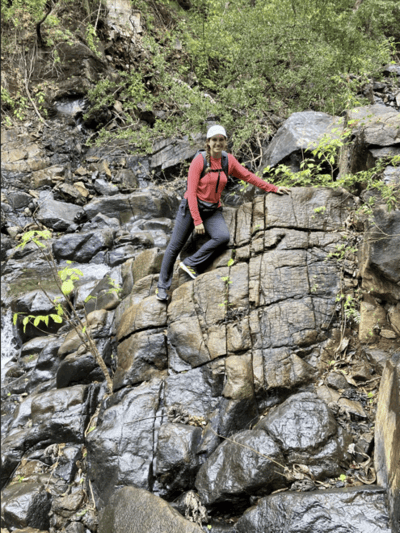
In a study published in Applied and Environmental Microbiology, researchers from Michigan State University explored how some of the planet’s most ancient and resilient life forms, microbial biofilms, survive in extremely harsh environments. These structured communities may hold the key to understanding how life could survive and be detected on other planets.
Sarah Gonzalez, a doctoral student in MSU’s department of microbiology, genetics, & immunology, and Matt Schrenk, an MGI associate professor, are looking at biofilms that grow in hyperalkaline natural springs. These are environments with extremely high pH, higher than 11, where few microorganisms can survive.
Biofilms are layers of microbes that grow and stick to surfaces.
“These biofilms act as a protective layer to the microorganisms that produce them,” said Gonzalez. “So, it is like a shield to protect themselves from the high pH conditions in these environments.”
